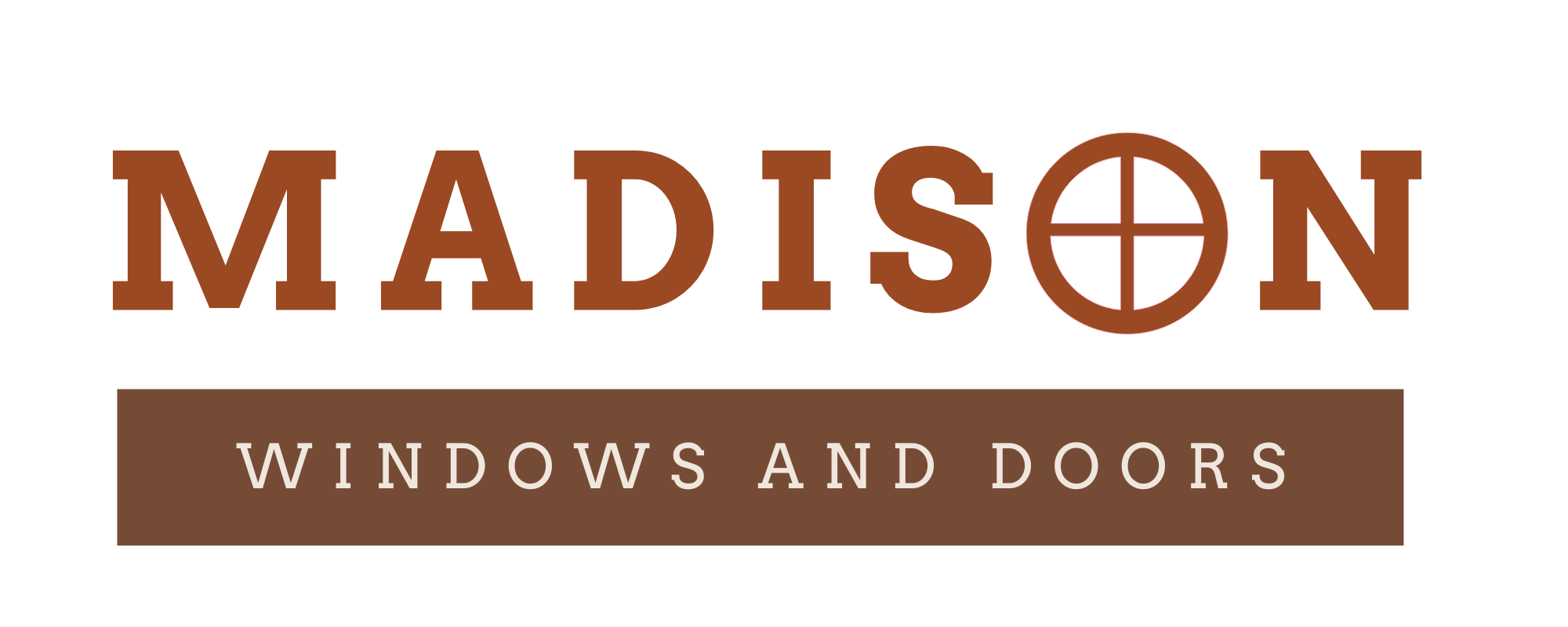
Door installation is an easy and effective way to add curb appeal to your home. It also enhances security and increases energy efficiency. It can be done by professionals who genuinely care about the customer experience.
The cost of the project can vary depending on the type and size of the door, the frame, and any customizations. Solid wood doors, for example, are more expensive than hollow core doors.
Cost of the Door
One of the main costs associated with a door replacement is the cost of the actual door itself. The price of a door can vary significantly depending on its size, material, and design. For example, a basic closet or bedroom door typically costs around $400. A solid wood door, on the other hand, can cost upwards of $1,500. Additionally, the cost of a door can increase significantly if you choose to install it in a load-bearing wall or if you add sidelights.
The next biggest expense associated with a door replacement is the cost to build or repair the frame and jambs. The price of a new “rough frame” can range from $200 to $650, and it may also depend on details like whether the new frame will be load-bearing or need electrical wiring rerouted. The price of a new door can also increase if you choose to go with an ornate style. This type of door typically requires more materials and can be difficult to install.
Cost of the Installation
Door installation is often one of the most cost-effective home improvement projects. The cost varies depending on the type of door, its size and customizations. It also depends on the door frame and whether it needs to be changed or reshaped.
Typically, it costs between $275 and $500 to install an interior or exterior door into an existing opening. This includes closing up the old opening, cutting a new hole in the wall and the frame, installing drywall, and hanging and finishing the door.
The cost can go up significantly if you want to add features like smart locks or wrought iron details. It can also be more expensive if you want to install double doors in a load-bearing wall. A professional can help you decide which option is best for your budget and the style of your home. They can also help you find the right hardware for your door.
Cost of the Hardware
A door is the focal point of any entryway. A well-chosen door will enhance your property’s aesthetic, elevating curb appeal and transforming the way people view your business or home. However, the cost of a new door can be prohibitive for many homeowners. Fortunately, there are ways to reduce your costs and still achieve the look you desire.
The first step is to determine what style of door you want. Several factors can influence your final cost, including the material, size, and whether it is a pre-hung or slab door. Other factors include the installation and if you need to add sidelights or transoms.
The next step is to estimate the cost of labor. This is an important part of the overall cost because it accounts for a large portion of your project’s total expense. Generally speaking, you can expect to pay $40 to $90 per hour for labor. The best way to minimize your costs is by hiring a licensed and insured contractor.
Cost of Moving the Door into an Existing Wall
A door is more than just a functional element of your home or business; it’s also an aesthetic addition. If your existing door is outdated or doesn’t meet modern standards, a new one can significantly improve the look of the space.
Doors come in a variety of styles, each with its own cost. For example, double doors are more expensive than single doors. They may require extra materials such as a wider frame and trim. Other factors that can increase the cost of a door include sidelights, transoms, and hardware.
A pre-hung door includes a frame and casing and costs an average of $170 to $470. It’s a better option for homeowners who aren’t comfortable installing their own doors. However, this project requires a high level of skill and attention to detail. It’s recommended to hire a professional to avoid any mistakes that can increase the cost of the project. This is especially important if the doorway is part of a load-bearing wall.
